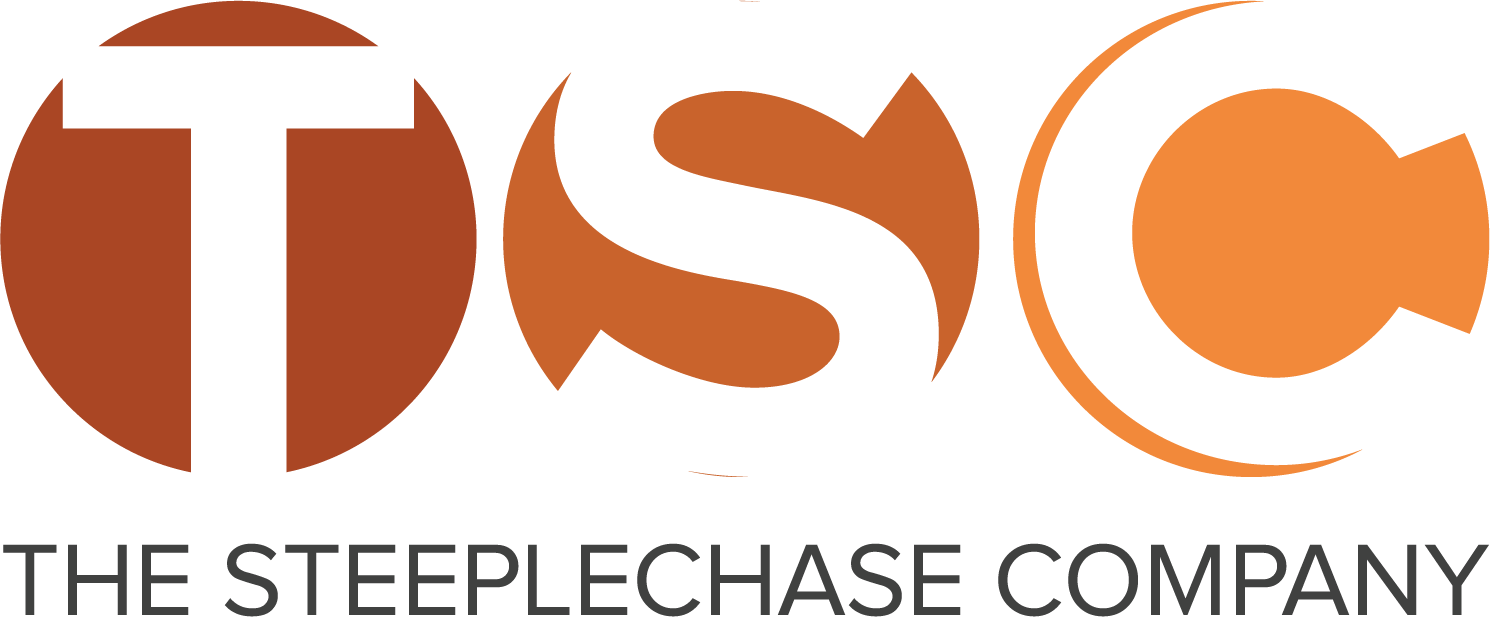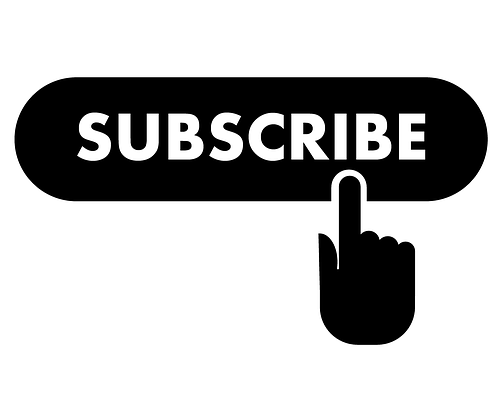Truth be told, current health marketing trends suggest you keep your website updated and on track to maximize the return on your marketing investment.
In our previous blogs, we’ve enumerated the five components of successful medical websites. And we strongly recommend you read this and make sure your website has these components. Missing one may lead your visitor to another health care provider’s website.
We also mentioned eight things every healthcare provider should have on their website. Visit that blog, too. These are practical tips to make your website useful and relevant to your patients.
In today’s blog, we will discuss one page that will optimize your website’s marketing capability—the Landing Page.
What Is a Landing Page?
It is a single page that leads the reader to do something about your offering.
Usually, this page is where:
- your advertising campaign lands
- you would give more information about your product or service
- you could convince the reader it is the answer to their need
In other words, it calls the target audience to action.
What Is A Call to Action on a Landing Page?
This would depend on your purpose for creating that landing page.
If you want to get an email list to increase readers and subscribers to your website, this can be a sign up form to download a free e-book about ways to keep healthy, or whatever topic your patients would find valuable and helpful.
Technically, it converts a reader to a potential customer.
What does a landing page contain? Here are some of the more common elements:
- Information about the product or service you’re offering
- Reason why your product or service fits their needs
- Testimonial about people who have used your product or services
- A call-to-action button
What should you avoid in your landing page?
- An external or internal link that navigates them away from your purpose and distracts their focus away from your product or services
- Social media buttons that will lead them to navigate away from your page
- An external video link, like a Youtube channel, that will lead them away from your page
Clearly, the intent of your landing page is to capture your reader to stay on your website and convert them to a follower, subscriber, or customer.
This would entail having these three components in your landing page’s messaging so you will achieve your purpose:
Straightforward
Your message should state the benefits your readers will get by clicking on that button. This action should address their need. For instance, if you’re an ophthalmology practice, your landing page’s call-to-action may be a button stating “Download the PDF to learn how we do cataract screening and surgery.”
Simple
Your message is clear and short. It is spelled out directly to the reader. If you’re an optometrist, it may be a simple sign-up form asking for their email address to “See if you qualify for a 50% off your next lens.”
Specific
Your message should lead to only one call-to-action. Having too many calls to action may confuse the reader. If you want the reader to subscribe to your weekly chiropractor blog posts, you can give free tips on how to protect their backs and then add the button stating, “Subscribe here to receive our weekly health tips.”
Having a landing page can boost your healthcare marketing strategy when crafted right. For more ways to improve your health care marketing, contact us and schedule your practice review. It’s FREE.

